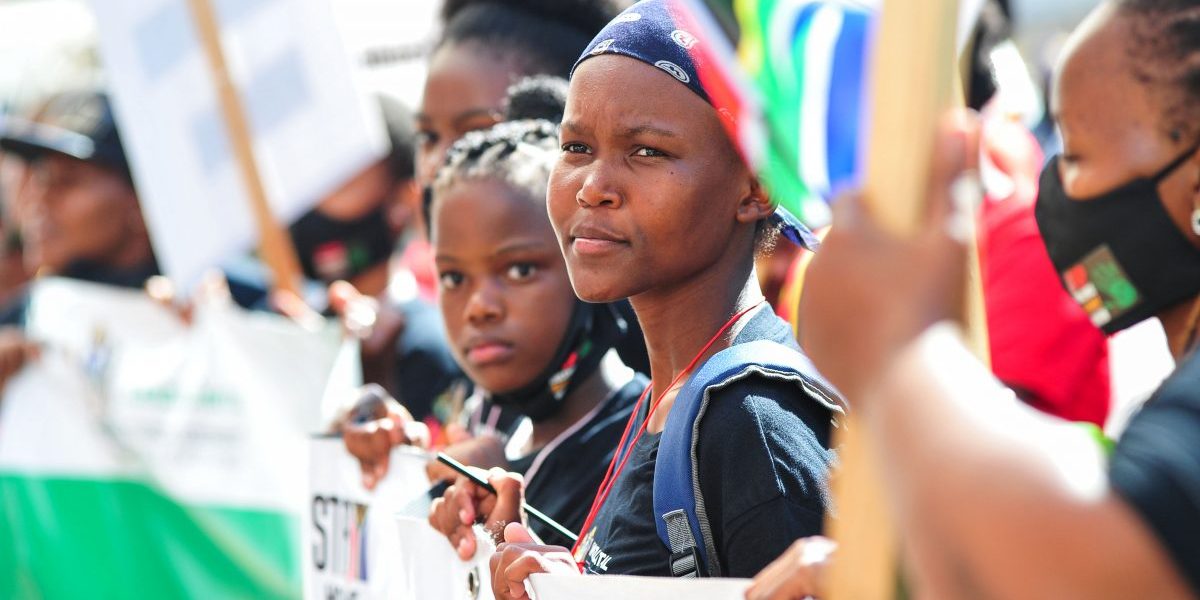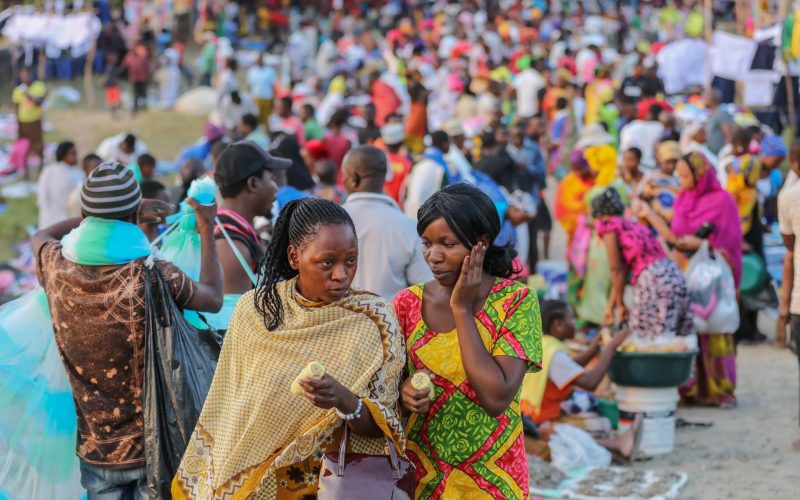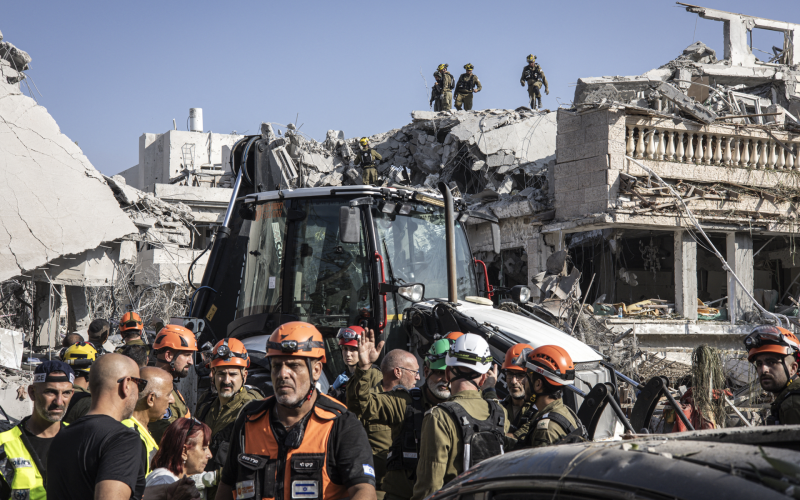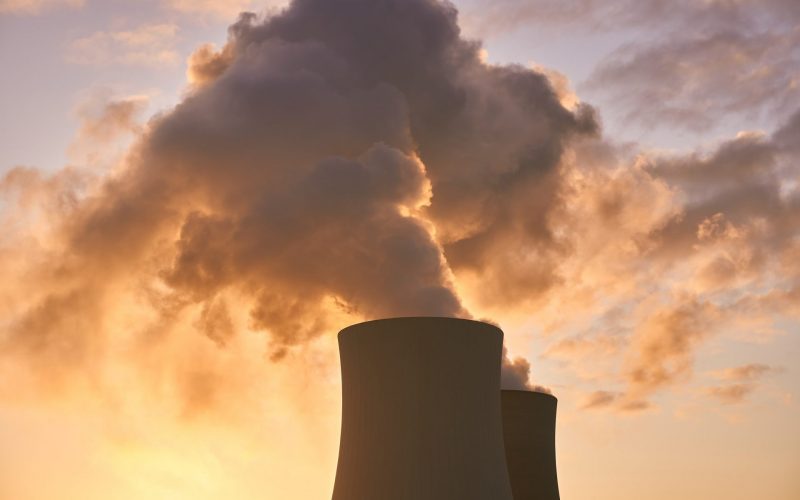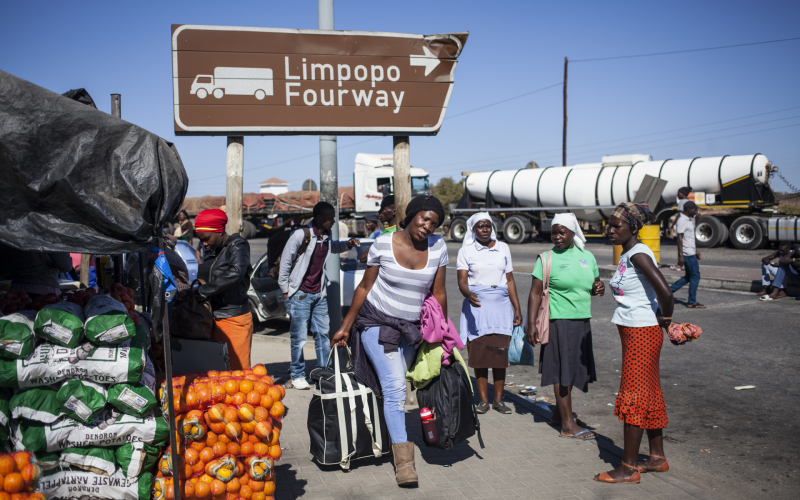Summary:
- South Africa will soon undergo its second review for the African Peer Review Mechanism (APRM), the continent’s premier governance self-assessment and promotion tool.
- The APRM reviews are consultative, and civil society is therefore encouraged to contribute to strengthen their scope and validity.
- Over the course of 2020 and 2021, more than 150 young people came together to compile a report that reflects the views of South African youth on the state and future of governance.
- South African youth have chosen nine big governance issues they believe government should tackle, with recommendations on how to do this. Issues include land and housing, economic empowerment, climate change, and youth political participation.
- The project was guided by SAIIA and Jasoro Consulting. For more on the process, see here.
South Africa’s APRM civil society working group identified nine governance issues to be included in this submission:
Youth Political Participation
Despite having a youth population of over 60%, young South Africans are consistently excluded from policymaking processes. Barriers to participation in government include the closed-list proportional representation electoral system, limited access to funding and tokenistic engagement by political parties. Government also needs to address increasingly low youth voter registration and turnout during elections. It is recommended that government review its youth policies to ensure they are fit for purpose. This could include the introduction of youth quotas for both the public and private sector.
Social Cohesion and Inclusion
Social cohesion has been difficult to achieve in South Africa, owing to the country’s legacy of racial segregation and oppression. Twenty-seven years into democracy, most South Africans believe there is still a need for reconciliation and have cited corruption and divisive politics as barriers. Current challenges also include an unregulated religious sector, xenophobia and discrimination based on race, ethnicity and sexual orientation. Youth are encouraged to continue to act against exclusion while government is encouraged to promote and ensure representation across all its functions.
Peace and Security
Violence, crime and instability are every-day features of life in South Africa, with youth often acting as both perpetrators and victims. While it is true that poverty, unemployment and inequality drive youth crime in South Africa, the severity of the violence signals the need for psychosocial interventions that challenge its normalisation in society. Addressing the root causes of youth crime also involves a comprehensive rehabilitation system that can assist young people with their reintegration efforts. High levels of gender-based violence, human trafficking and corruption are some of the other areas requiring attention.
Health and Social Services
Although South Africa has an expansive social protection programme that reaches 17 million people every month, its implementation is slow and unsystematic. The programme also does little to protect vulnerable working-age adults, who may benefit from the introduction of a basic income grant. However, civil society believes that social protection should provide more than basic security and should also promote the holistic well-being of all. This should include a health care system that responds to the needs of all citizens, regardless of their ability to pay for services. While government has committed to introducing a national health insurance scheme, it is unclear how it will be financed or implemented.
Economic Empowerment
Economic empowerment remains a long way off for many citizens in South Africa. With a widening gap between the rich and poor, and a fragile middle class, South Africa remains one of the world’s most unequal societies. Although levels of poverty have reduced since 1994, nearly half the country is still considered chronically poor and unemployment levels are at an all-time high. Several policies aimed at addressing the triple threat of inequality, poverty and unemployment are impressive on paper but fall short during implementation. Future efforts also need to place greater emphasis on education, local economic development and entrepreneurship.
Institutional Planning
Effective institutional planning forms the backbone of government decision-making and is a primary tool with which to achieve strategic goals and objectives. In South Africa, institutional planning is guided by several domestic and international policy frameworks such as the National Development Plan (NDP) and the UN Sustainable Development Goals. Whether these frameworks are being effectively implemented is up for debate. There are also no clear metrics with which to measure their progress, making it difficult for the public to hold government to account. To remedy this, it is recommended that a holistic and comprehensive youth responsive planning, budgeting, monitoring, evaluation and auditing framework be developed.
Land and Housing
Historical policies have led to the uneven distribution of land in South Africa. Although the NDP contains several ambitious ideas around land reform, their implementation has fallen short of expectations. Current statistics show that the majority of South Africa’s land remains in the hands of white people and while government has proposed expropriating some of that land, the process is mired in controversy and is likely to take time. Government has also struggled to provide access to adequate housing, water and sanitation for all. It is recommended that existing frameworks around land and housing be strengthened, particularly in relation to ownership rights for the previously disadvantaged.
Access to Quality Basic and Higher Education
The South African government has successfully improved access to education with almost 100% of children between 7 and 17 years attending an educational facility. However, current education outcomes are poor and are linked directly to race and income level. Substandard infrastructure, such as overcrowded classrooms and pit latrines, has exacerbated the problem. Higher education access and throughput mirrors the inequalities found across the education sector. Although it resulted in little policy change at a national level, the #FeesMustFall movement is a good example of what is possible when young people act together. Youth are encouraged to use their collective power to advocate for quality basic and higher education, while government is encouraged to address inequalities across the sector.
Climate Change
South Africa occupies a unique position in the global climate crisis. While it is a heavy emitter with a high carbon footprint, it is also a developing country that still needs to grow economically in order to provide quality livelihoods to its citizenry. This tension remains at the heart of South Africa’s climate policy, aware of the unsuitability of its current system and unwilling to legislate the changes necessary to have a meaningful impact on the climate. Government is encouraged to consult with local communities and youth to ensure environmental policies address the needs of all sectors of society. It is also recommended that corporates take more responsibility for their role in environmental degradation.

